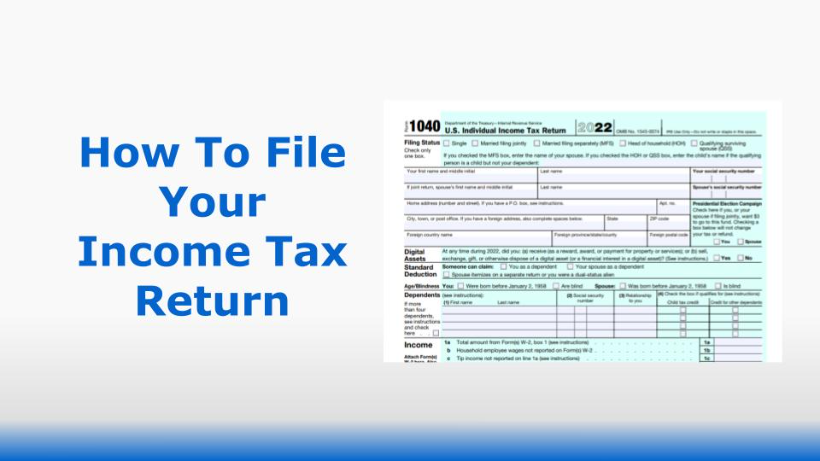The American Opportunity Tax Credit
Published:The American Opportunity Tax Credit is an education tax benefit that allows taxpayers a credit of up to $2,500 if they paid the qualifying educational expenses for an eligible student (for tax year 2009). The eligible student may be themselves, their spouse, or their dependent. This education tax credit can be claimed based on the same student’s expenses for up to four tax years.
Credits lower your taxes. Tax credits provide a dollar-for-dollar reduction of your income tax liability. For instance, a $1,000 tax credit actually saves you $1,000 in taxes. On the other hand, deductions lower your taxable income and they are worth the percentage equal to your marginal tax bracket. For instance, if you are in the 25% tax bracket, a $1,000 deduction saves you $250 in tax (0.25 x $1,000 = $250). A tax credit is always worth more than a dollar-equivalent tax deduction, because deductions are calculated using percentages. Referring to the numbers above, you can see that a $1,000 credit offers a savings of $750 more than a $1,000 deduction.
You may claim the American Opportunity Tax Credit if you meet all of the following requirements:
‘ You pay qualified education expenses of higher education
‘ You pay the education expenses for an eligible student
‘ The eligible student is either yourself, your spouse, or a dependent for whom you claim an exemption on your tax return
‘ You choose not to claim the Hope Scholarship Tax Credit for any student (in the same tax year)
You cannot claim the American Opportunity Tax Credit if any of the following applies:
‘ Your filing status is ‘married filing separately’
‘ You are listed as a dependent in the Exemptions section on another person’s tax return (e.g., your parents’)
‘ Your modified adjusted gross income (MAGI) is $90,000 or more ($180,000 or more for a joint tax return)
‘ You (or your spouse) were are nonresident alien for any part of the tax year, and did not elect to be treated as a resident alien for tax purposes
‘ You claim the Lifetime Learning Tax Credit or a tuition/fees education tax deduction for the same student that year
‘ You claim the Hope Scholarship Tax Credit for any student that year
With the American Opportunity Tax Credit, the maximum amount you can claim is $2,500 for each eligible student. You may claim the full $2,500 education tax credit if you paid at least $4,000 of the student’s educational expenses. However, keep in mind that the credit amount may be reduced depending on your income level.
Qualified educational expenses include the following:
‘ Tuition and fees required for enrollment (at an eligible educational institution)
‘ Course-related books, supplies, and equipment
Expenses that do not qualify for the American Opportunity Tax Credit include the following:
‘ Insurance
‘ Medical expenses (including student health fees)
‘ Room and board
‘ Transportation
‘ Similar personal, living, or family expenses
An eligible student is one who meets all of the following requirements:
‘ He/she did not have educational expenses that were used to claim an American Opportunity Tax Credit (or Hope Scholarship Tax Credit) in any 4 earlier tax years
‘ He/she had not completed the first 4 years of postsecondary education (freshman, sophomore, junior, and senior years of college) before that tax year
‘ For at least one academic period beginning in that tax year, he/she was enrolled at least half-time in a program leading to a degree, certificate, or other recognized educational credential
‘ He/she has not been convicted of any federal or state felony for possessing or distributing a controlled substance as of the end of the tax year
To claim the American Opportunity Tax Credit, you must complete Parts I, IV, and V of IRS Tax Form 8863 (Education Credits) and submit that with your Form 1040 or Form 1040A.
Rules for Combining Education Tax Benefits
Note that there are specific rules regarding which education tax benefits may be used in the same tax year. Federal education tax credits include the American Opportunity Tax Credit, the Lifetime Learning Tax Credit, and the Hope Scholarship Tax Credit.
If you are eligible to claim the American Opportunity Tax Credit as well as the Lifetime Learning Tax Credit for the same student in the same year, you may claim one credit (but not both).
If you pay the educational expenses for two eligible students in the same year, you may claim the American Opportunity Tax Credit for one student and the Lifetime Learning Tax Credit for the other student.
However, you cannot simultaneously claim the American Opportunity Tax Credit and the Hope Scholarship Tax Credit for different students in the same year. In this case, you can only use one type of education tax credit or the other (the American Opportunity or the Hope) for all eligible students.



